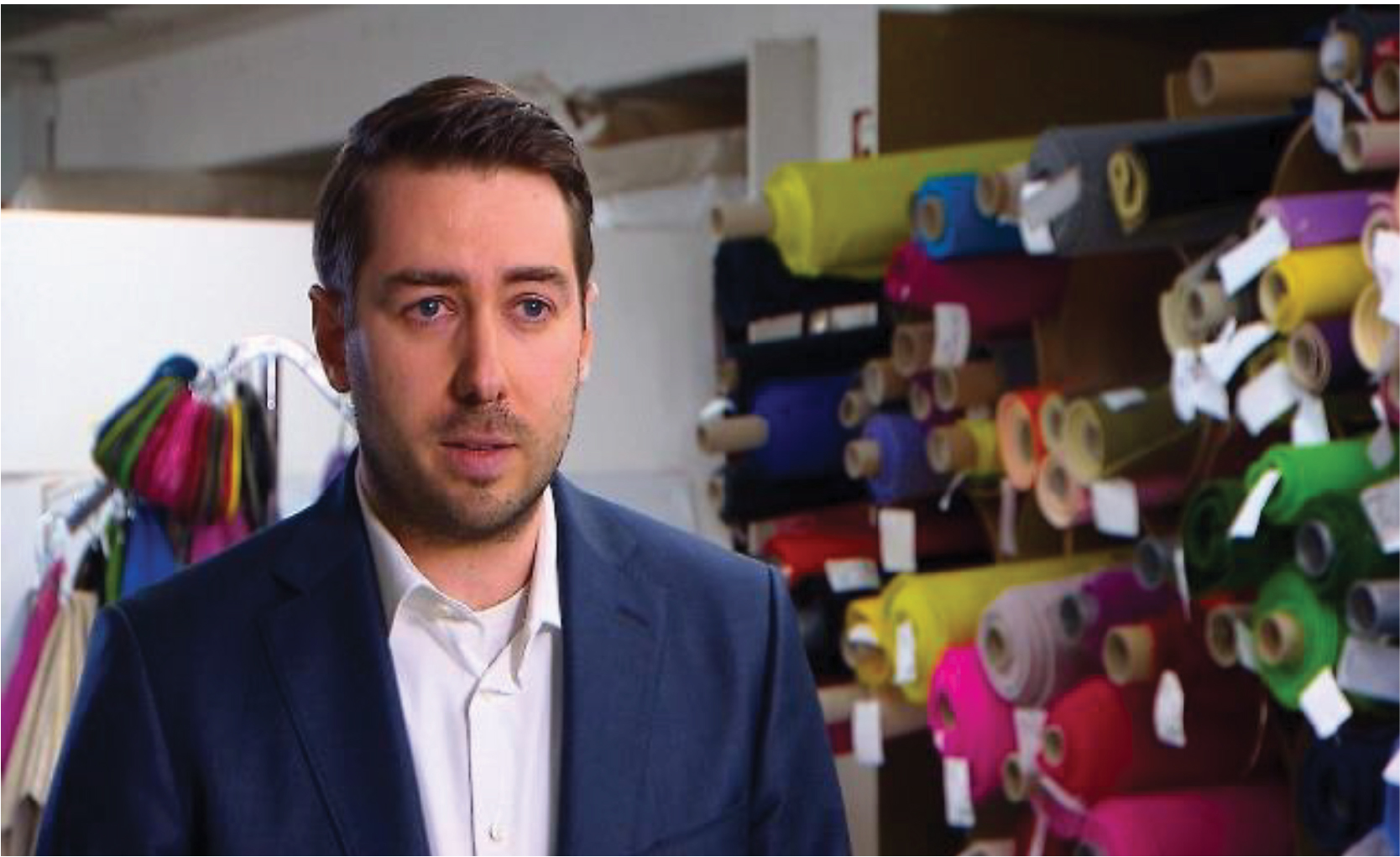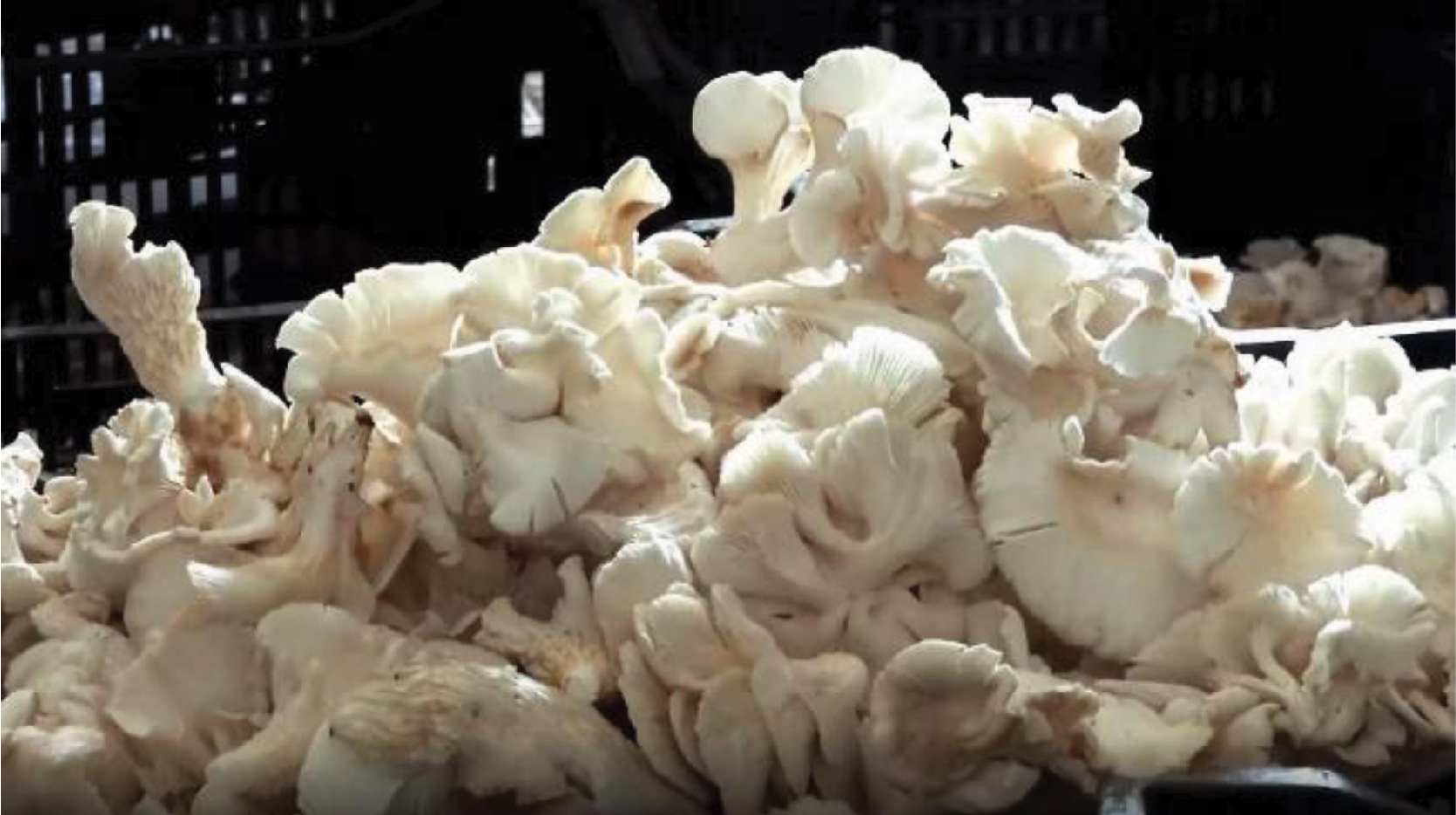Giesswein launches their latest styles featuring HyphaLite™

Giesswein Processes Mushrooms into Shoes
Giesswein, a company based in Brixlegg (district of Kufstein, Austria), has been thriving for years with its line of shoes made from merino wool. And now, after introducing shoes made from recycled PET bottles, this fall the company is set to launch a brand-new range of shoes crafted from mushrooms.
May 10, 2023 at 1:15 P.M, Christoph Praxmarer
https://tirol.orf.at/stories/3206339/
To create the unique mushroom leather that forms the basis of their latest line, Giesswein sources the necessary fungi from Vietnam. The mushrooms are cultivated, harvested, dried, and turned into powder. This is combined with natural rubber during the production process, as Managing Director Johannes Giesswein explains.
" Last 700-800 Kilometers"
At first glance, Giesswein's mushroom shoes look just like any other sneaker on the market. However, the company emphasizes that their latest creation is just as resilient as a conventional leather shoe. In fact, as Managing Director Johannes Giesswein notes, "When it comes to shoes and sneakers, we usually talk about a mileage of 700 to 800 kilometers that you can do with these shoes."

Johannes Giesswein is responsible for design and product development
Scrap Goods are Used for Shoe Production
Not only are the mushrooms used to create the shoes sourced from Vietnam, but the shoes themselves are also produced there. According to Markus Giesswein, who manages the family business alongside his brother Johannes, this is due to both logistical reasons and the wealth of sports shoe expertise available in Asia. However, the finished products are then shipped from the company's headquarters in Brixlegg to destinations around the globe. It's worth noting that the shoes are made using scrap goods, making them an eco-friendly choice for environmentally conscious consumers.
Production of the mushroom shoes is set to begin with an initial run of 10,000 to 15,000 pairs, slated for release in the third quarter of 2023. To create these shoes a massive number of mushrooms will be required. However, as Managing Director Johannes Giesswein explains, only rejects from the food industry are used in the process. "The mushroom is widely used in the food industry, but around 20 percent of each crop is unsuitable for consumption. We use exactly this scrap to create our mushroom leather," he notes. This approach not only reduces waste, but also ensures that Giesswein's mushroom shoes are produced in an environmentally responsible manner.

For the production of shoes, discarded mushrooms are used
Odorless, Washable at 30℃
Some consumers may be concerned about the potential odor associated with the use of mushroom leather in footwear. However, as Managing Director Johannes Giesswein reassures, "The fungus is completely odorless. You don't notice that." The shoes are also easy to clean, with no special detergent required, and for added convenience, the shoes can even be washed at 30℃ in the washing machine. While the leather used in the shoes is natural and vegan, some parts of the sole are currently made from synthetic materials.
However, Giesswein notes that the company is actively researching degradable sole options for future releases.

Mushroom leather sneakers
Family Business Booms with Record Sales
Giesswein is a family-run business that dates back to 1954, when the company first began producing knitted sweaters. Today, it has become Austria's largest manufacturer of knitwear and wool felt. However, at the turn of the millennium, the company faced a challenging period due to the so-called "traditional costume crisis." It was during this time that Giesswein shifted its focus to producing sneakers made from Merino wool, a move that would prove instrumental in turning the company's fortunes around.
The sneakers soon gained popularity among Hollywood stars, and were even worn by A-listers such as Gwyneth Paltrow and Harrison Ford. Today, Giesswein is known around the world for its innovative approach to sustainable footwear.
Please click here for the published version https://tirol.orf.at/stories/3206339/
 back
back